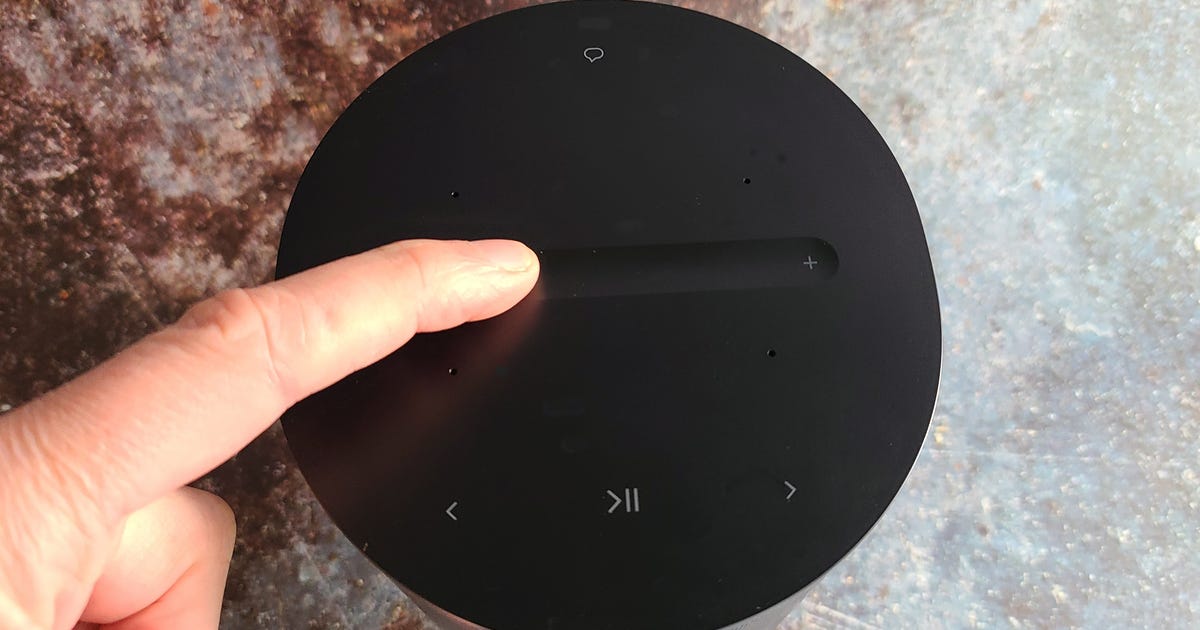Imagine a world where the batteries on your devices quietly charge all on their own. Your Bluetooth headset. A pair of hearing aids. The smartwatch on your wrist. The phone in your pocket.
At CES 2019, the dream of over-the-air wireless charging became a lot more real with WattUp, a transmitter-and-receiver technology for distance charging. “This technology will be in a smartphone,” said Steve Rizzone, the CEO of Energous, the company behind the WattUp brand that’s at the forefront of the over-the-air charging space. Although the deal’s in progress, Energous won’t disclose which phone maker will use it, and says that the terms of a contract mean it never will.
Last year when I caught up with Energous, distance charging was still firmly in concept territory. In 2019, the company now has real partners making real products that are either seeking or have already received FCC approval.
There’s the Delight hearing aid, a Deutsche Telekom wireless charging transmitter and Vuzix Blade smart glasses, for example. Energous has also mocked up prototypes for a smartwatch with flexible antennas woven into the band, a wireless car remote and a pair of headphones. Consider these the stepping stones to charging your phone and even your laptop over the air.
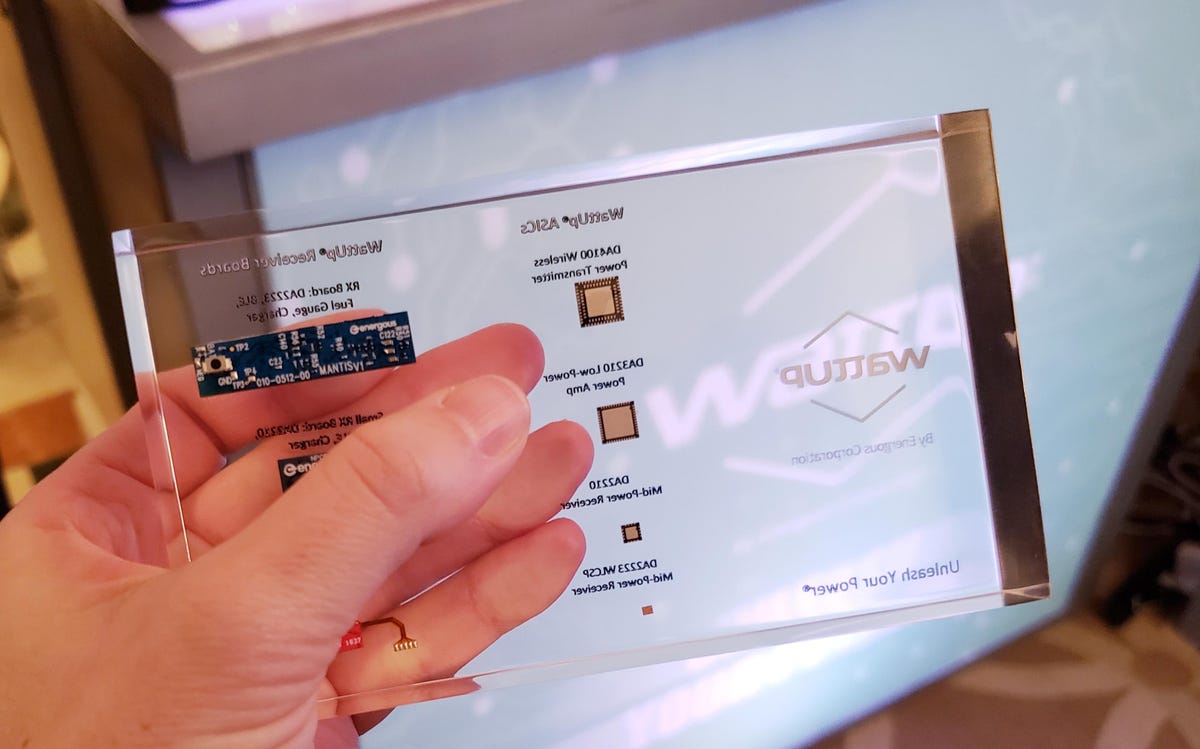

The chips Energous uses are tiny enough to embed into hearing aids the size of an earbud.
Jessica Dolcourt/CNET
What these smaller devices all have in common, apart from their size, is that they use relatively low power and aren’t flat. Traditional wireless charging — called inductive charging — where a phone or smartwatch lays on top of a flat pad or dock, requires large, even surfaces to contact so that magnetic coils within both devices can kickstart a power transfer.
But headphones and hearing aids don’t lie flat. They’re small and curvy, not at all conducive to inductive charging. Over-the-air wireless charging can deliver small amounts of power at a distance from inches to 3 feet. It can also charge devices at odd angles. Devices with small batteries can still charge up in 30 minutes or an hour even with milliwatt delivery dribbling out.
And the base station could be made to include inductive wireless charging as well, which means you could place your phone on top while powering up your smaller devices. The tiny, 3mm-by-3mm silicon chip that makes it all happen could live inside the dome of a car, or bezel of a TV.
All the cool new gadgets at CES 2019
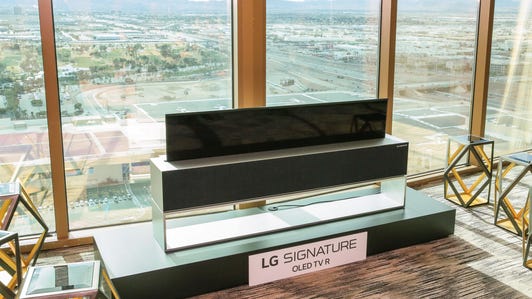

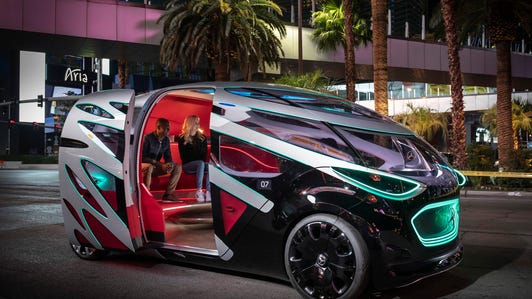

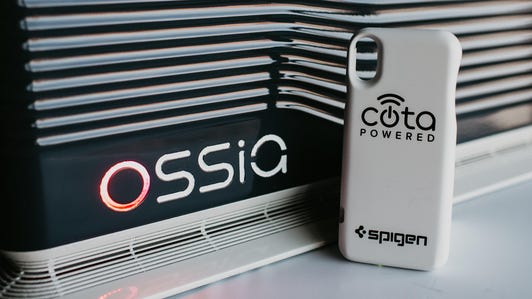

+82 more
Energous is also working on technology to charge larger, higher-powered devices from further away, but that’s still a ways off. A full-size device charging at 15 feet away would appear on the roadmap for the end of 2020, Rizzone told me in the demo room at The Venetian. Down the line, laptops could charge this way, too.
“This has the potential to be as ubiquitous as Wi-Fi,” Rizzone said. “The consumer is looking for a way to eliminate the cords, the constant need to find a wall outlet and charge.”
An Energous rival called Ossia plans related wireless charging tech for phones, starting with cases that can be added to existing models.
Wireless charging opens up another unexpected avenue in the health care world. Being able to seal small medical devices and charge them wirelessly makes them easier to sterilize for safe use.
Although my phone still won’t charge itself as I walk down the crowded halls of CES 2019, it’s gratifying to know we’re getting closer.


Now playing:
Watch this:
Charge your Nintendo Switch over-the-air
2:38
Posted Jan. 9 at 5:00am PT. Updated: Jan. 10 at 4:00am PT.
CES 2019: See all of CNET’s coverage of the year’s biggest tech show.
New Google Assistant tricks for your phone




